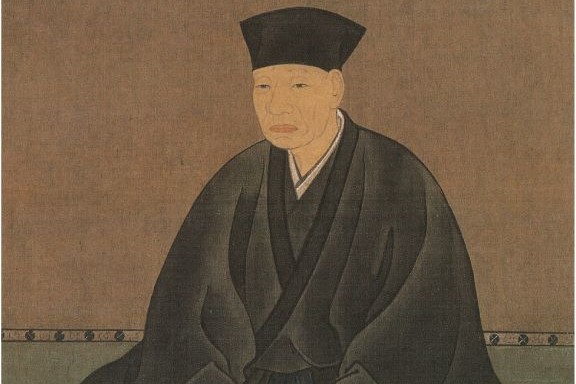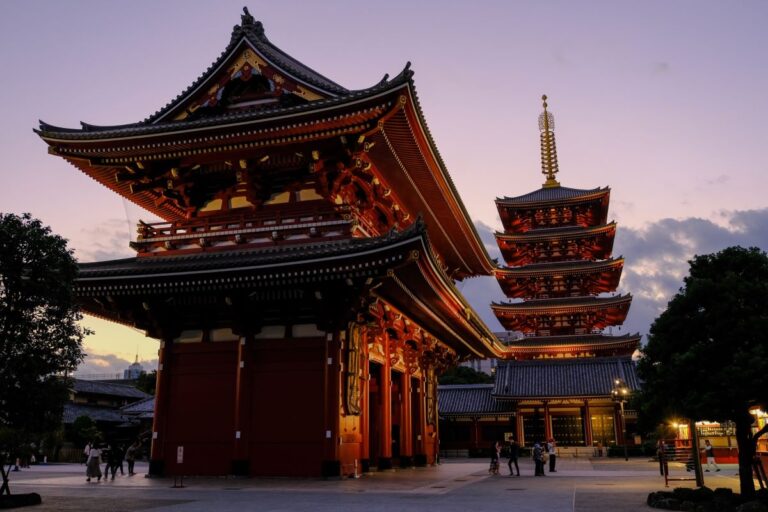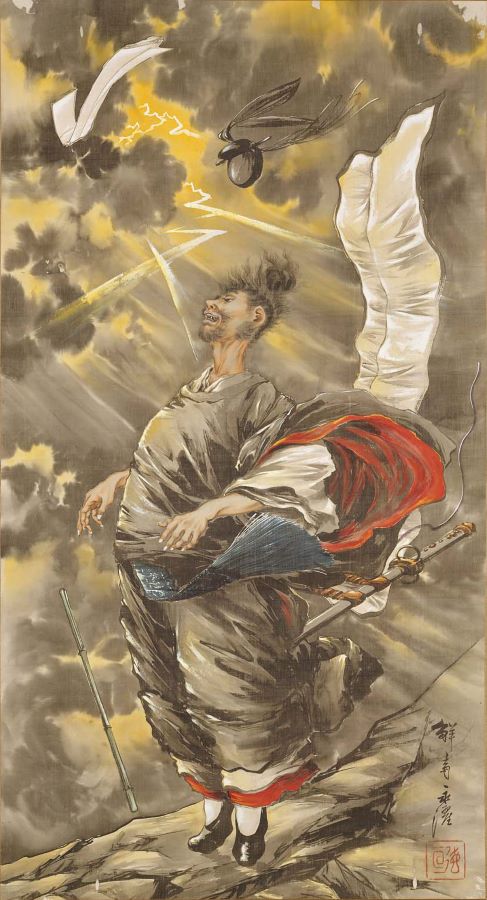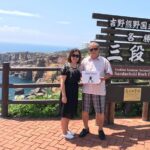Sen no Rikyu was a Japanese tea master who lived during the late 16th century. He is widely regarded as the father of the Japanese tea ceremony, or chanoyu, and is known for his profound influence on the art of tea in Japan. Rikyu’s tea ceremony was characterized by its simplicity, humility, and attention to detail, and his teachings continue to be influential today.
Born into a family of tea merchants, Rikyu began studying tea at a young age and quickly developed a deep passion for the art. He went on to become a student of the tea master Takeno Joo, who taught him the principles of wabi-sabi, a Japanese aesthetic philosophy that emphasizes simplicity, humility, and imperfection.
Rikyu’s own tea ceremony was heavily influenced by these principles, and he is known for his emphasis on the importance of the tea room, the utensils used in the ceremony, and the relationship between the host and the guests.
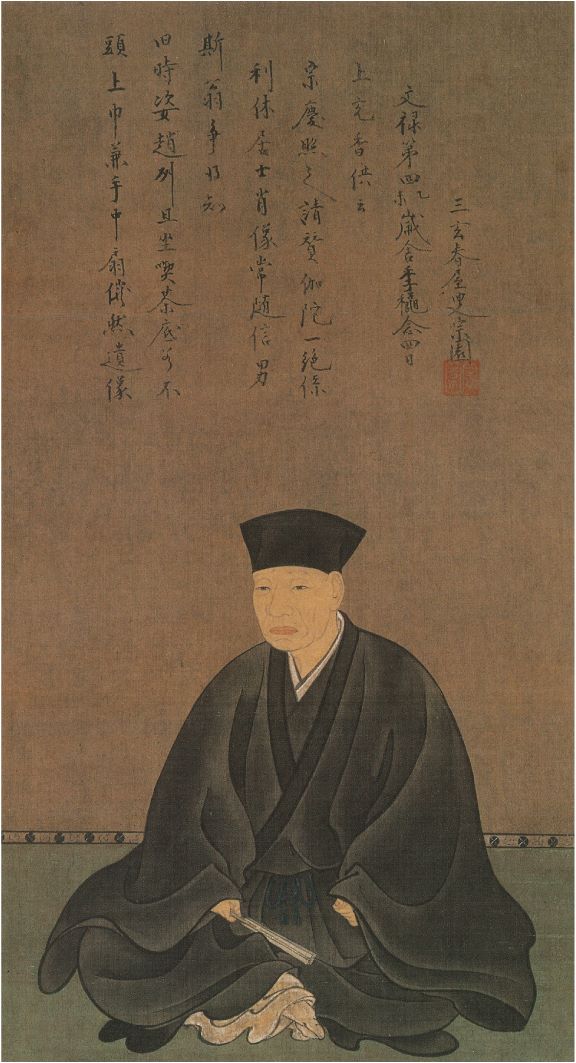
Rikyu’s influence on the art of tea in Japan cannot be overstated. He is credited with developing the concept of ichi-go ichi-e, or “one time, one meeting,” which emphasizes the importance of treasuring each moment and cherishing the unique experiences that life has to offer. His teachings continue to be studied and practiced by tea enthusiasts around the world, and his legacy lives on as a testament to the beauty and simplicity of the Japanese tea ceremony.
Early Life and Career
Sen no Rikyu is widely considered to be the most influential tea master in Japanese history. He was born in Sakai, a city in Osaka prefecture, in 1522. His given name was Yoshiro, and he was the second son of a wealthy and influential merchant family.
Family Background
Rikyu’s family was one of the most prominent in Sakai, and they were involved in the tea trade. His father, Tanaka Yohei, was a wealthy merchant who dealt in luxury goods, including tea. Rikyu’s mother, Omiya, was the daughter of a tea master, and she played a significant role in his early education.
Training as a Tea Master
At the age of 13, Rikyu began his training as a tea master under the tutelage of Kitamuki Doso, a prominent tea master in Sakai. Doso was known for his strict and demanding teaching style, and he pushed Rikyu to develop a deep understanding of the principles of tea ceremony.
After several years of training, Rikyu left Sakai and traveled to Kyoto to study under Takeno Joo, the founder of the tea ceremony. Joo was impressed with Rikyu’s skill and dedication, and he took him on as a student. Under Joo’s guidance, Rikyu refined his understanding of the tea ceremony and developed his own unique style.
First Tea Room
In 1573, Rikyu built his first tea room, which he called Taian. The design of the room was simple and understated, reflecting Rikyu’s belief that the beauty of the tea ceremony lay in its simplicity. Taian became a gathering place for artists, intellectuals, and other cultural figures, and it played a significant role in the development of tea ceremony as an art form.
Tea Ceremony Innovations
Wabi-sabi Aesthetic
Sen no Rikyu’s tea ceremony innovations included a focus on the wabi-sabi aesthetic. This aesthetic values simplicity, humility, and imperfection. Rikyu believed that the beauty of tea ceremonies came from the natural imperfections and simplicity of the tea utensils and the tea room. He emphasized the use of natural materials, such as wood and bamboo, in the tea room and utensils. The wabi-sabi aesthetic is still influential in modern Japanese design.
Tea Room Design
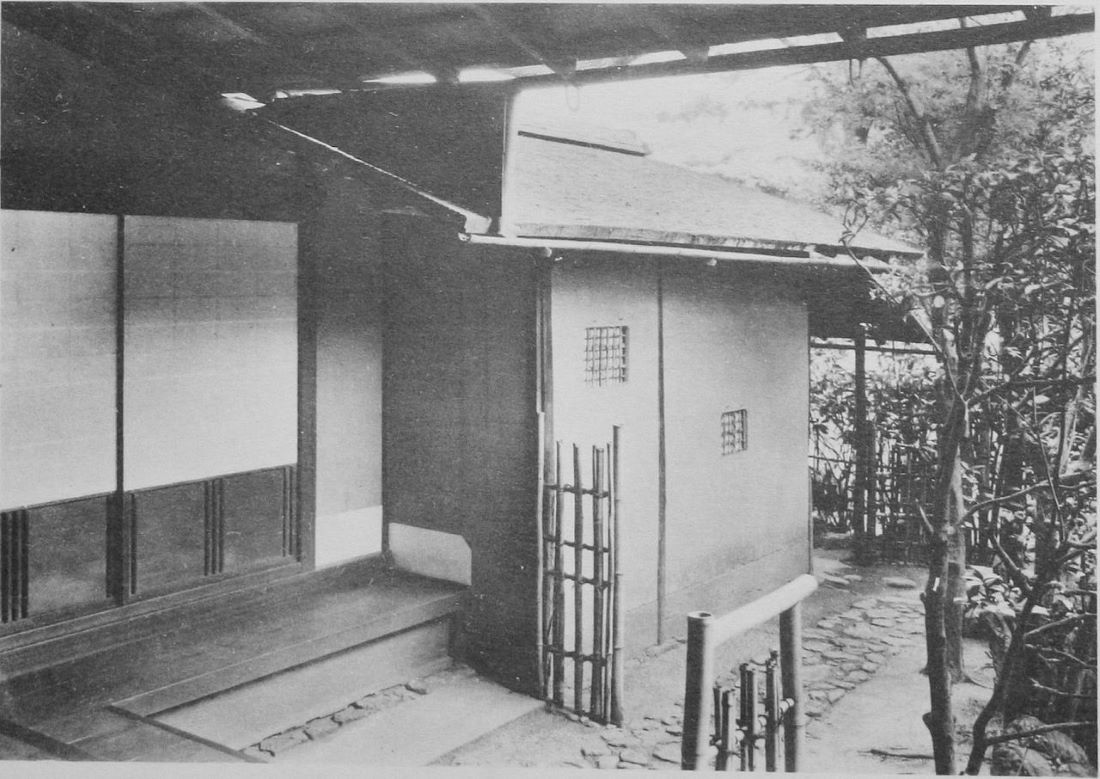
Rikyu’s tea room designs were also innovative. He believed that the tea room should be a place of tranquility and simplicity, free from distractions. He designed tea rooms with low ceilings, small entrances, and minimal decorations. The tea room was designed to be a place where guests could focus on the tea and the company of others. Rikyu also introduced the use of tokonoma, a small alcove in the tea room where a scroll or flower arrangement is displayed.
Tea Utensils
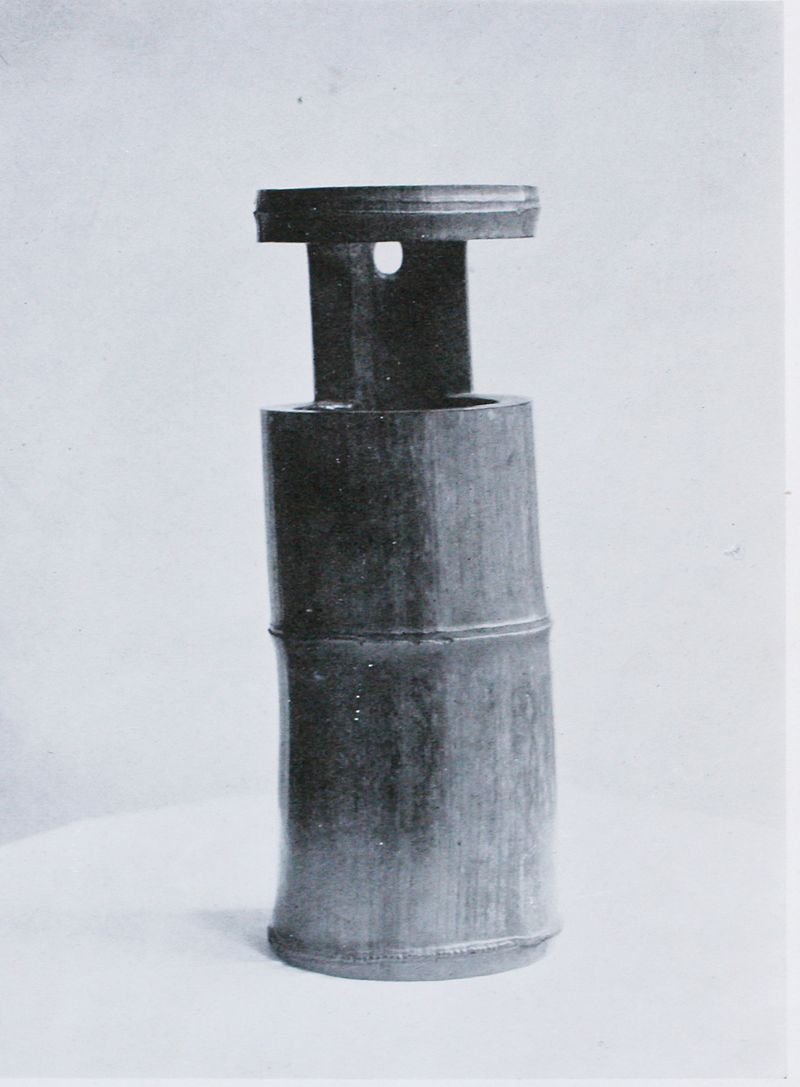
Rikyu also made innovations in tea utensils. He emphasized the use of simple, rustic utensils made from natural materials. He believed that the utensils should be functional, yet beautiful in their simplicity. Rikyu also introduced the use of specific utensils for specific teas, such as the chawan (tea bowl) for matcha tea. The design of these utensils was also influenced by the wabi-sabi aesthetic, with imperfections and natural materials valued over perfection and artificial materials. Overall, Sen no Rikyu’s tea ceremony innovations had a lasting impact on Japanese culture and design. His focus on simplicity, natural materials, and the wabi-sabi aesthetic continue to influence tea ceremonies and Japanese design to this day.
Relationship with Nobility
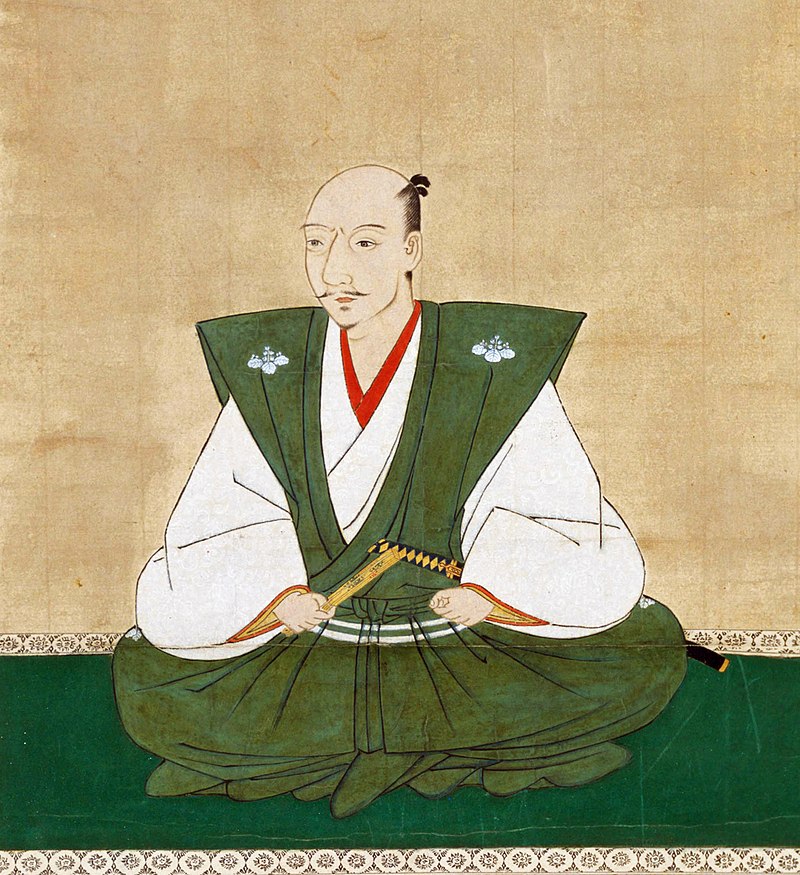
Tea Ceremony for Nobility
Sen no Rikyu’s relationship with the nobility was complex. He was known to have served many powerful figures, including Oda Nobunaga and Toyotomi Hideyoshi. Rikyu’s tea ceremonies were renowned for their simplicity and elegance, and he was often called upon to perform them for the nobility. The tea ceremony was seen as a way to demonstrate one’s refinement and taste, and Rikyu’s style was particularly well-suited to the tastes of the nobility.
Conflict with Hideyoshi
However, Rikyu’s relationship with Hideyoshi was not always smooth. Hideyoshi was known for his extravagance and love of luxury, and he often clashed with Rikyu’s simple and understated aesthetic. In particular, Hideyoshi was offended by Rikyu’s decision to serve him tea in a plain and unadorned tea room, rather than in a more ornate and opulent setting. This conflict eventually led to Rikyu’s downfall, as Hideyoshi came to view him as a threat to his authority.
Tea Ceremony for Sen Family
Despite these conflicts, Rikyu continued to serve the nobility throughout his life. He also maintained close ties with his own family, and he was known for performing tea ceremonies for them in his spare time. These ceremonies were often simpler and more intimate than those he performed for the nobility, and they were a way for Rikyu to stay connected to his roots and to the values that he held dear.
Death and Legacy
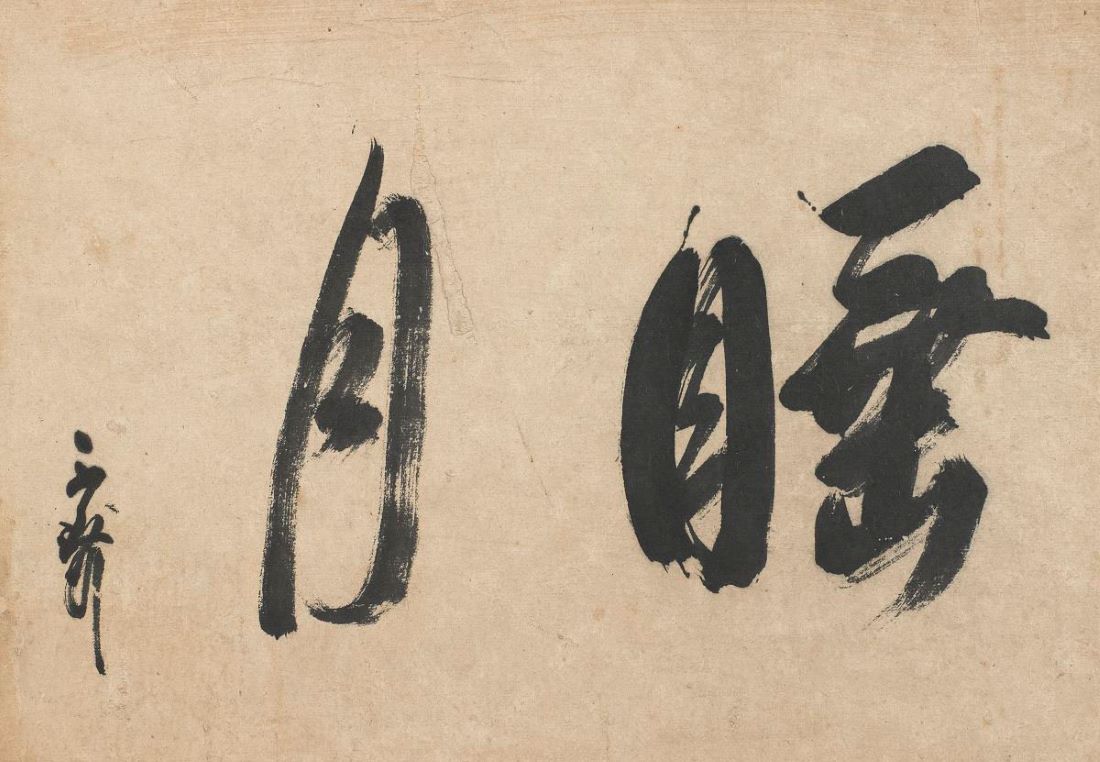
Death
Sen no Rikyu’s life came to a tragic end in 1591. He was ordered to commit seppuku, a form of ritual suicide, by his patron Toyotomi Hideyoshi. The reason for this is still unclear, but it is believed that Rikyu’s close relationship with Hideyoshi’s political rival, Oda Nobunaga, may have been a factor.
Rikyu accepted his fate with stoic grace and prepared for his death by holding a tea ceremony for his closest disciples. His final act of hospitality and humility left a lasting impression on those who witnessed it.
Influence on Tea Ceremony
Sen no Rikyu’s influence on the tea ceremony is immeasurable. He is credited with refining the art and elevating it to a form of spiritual practice. Rikyu’s aesthetic principles, known as wabi-sabi, emphasized simplicity, naturalness, and imperfection. He believed that the beauty of the tea ceremony lay in its ability to capture the fleeting moment and evoke a sense of peacefulness and tranquility.
Rikyu’s legacy can be seen in the continued popularity of the tea ceremony in Japan and around the world. His teachings are still studied and practiced by tea enthusiasts and professionals alike.
Cultural Significance
Sen no Rikyu’s impact on Japanese culture extends far beyond the tea ceremony. His teachings on simplicity and humility have influenced everything from architecture and design to literature and philosophy. Rikyu’s emphasis on the importance of the present moment and the transience of life is a central theme in Japanese culture.
Rikyu’s life and death have also become the subject of numerous works of art, including plays, novels, and films. His story has captured the imagination of people around the world and continues to inspire new generations.

